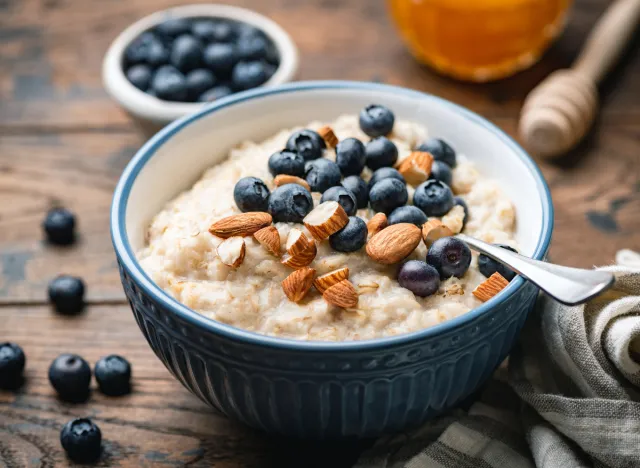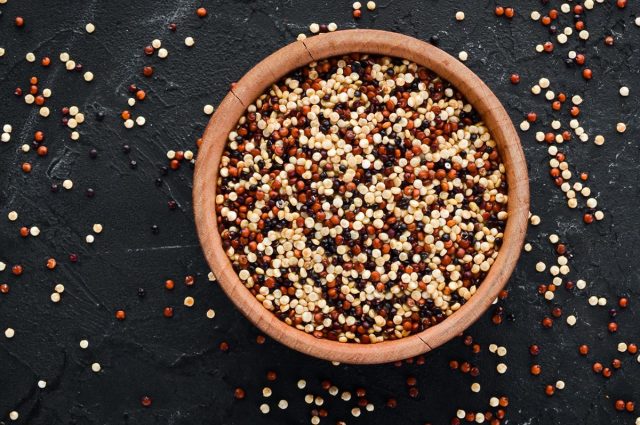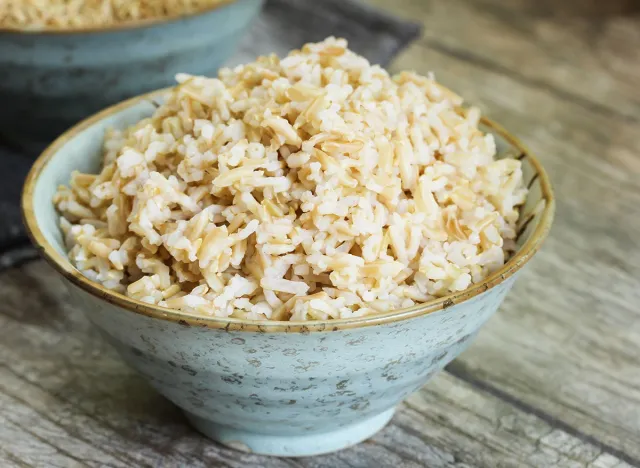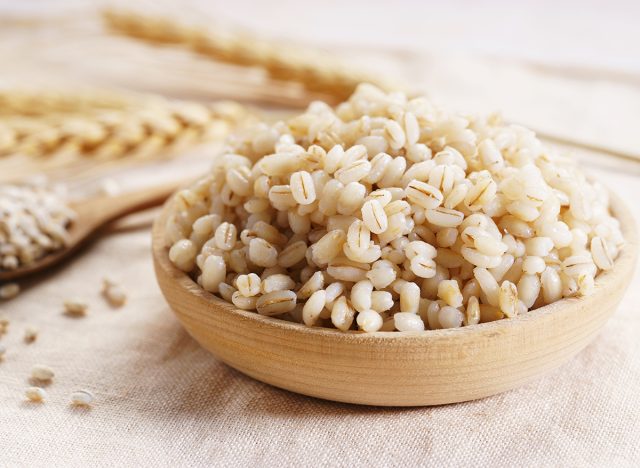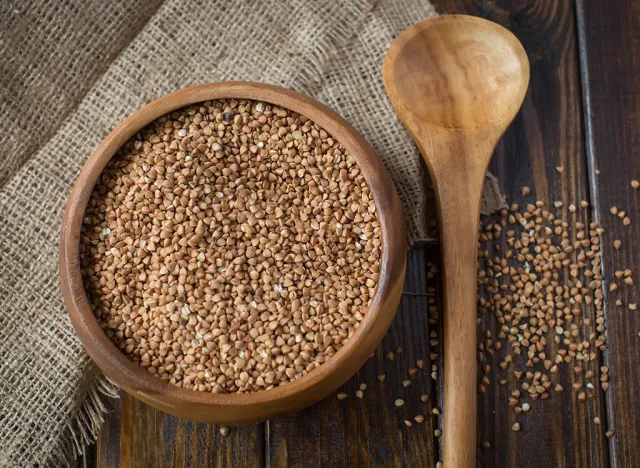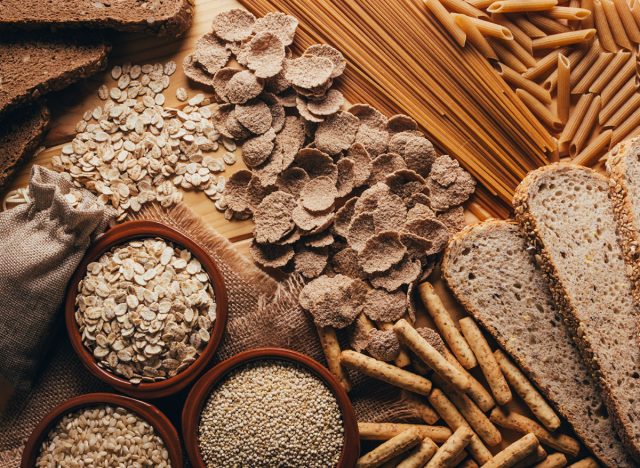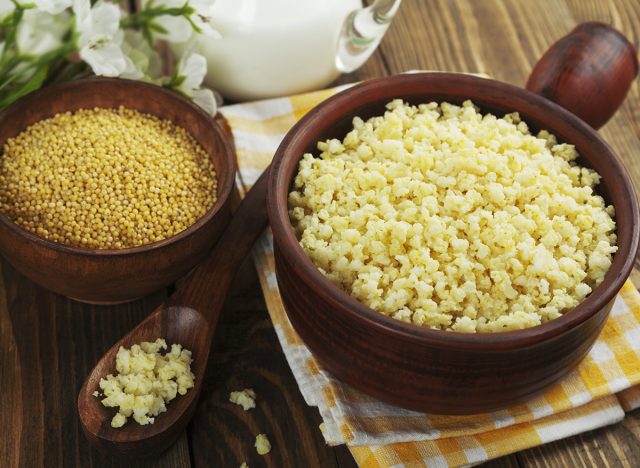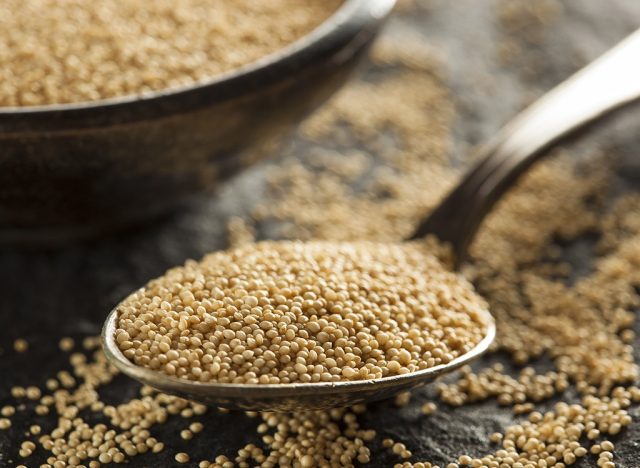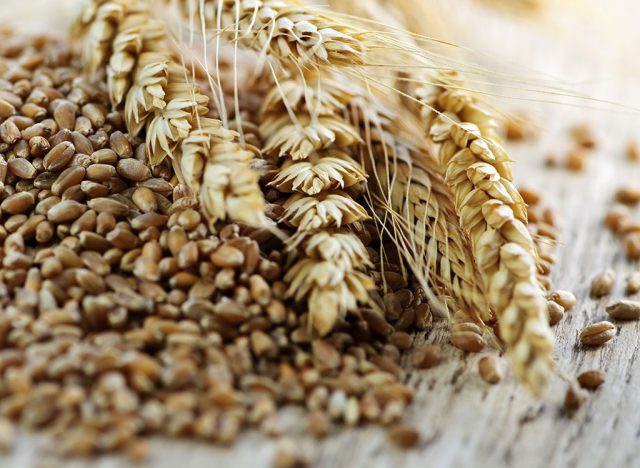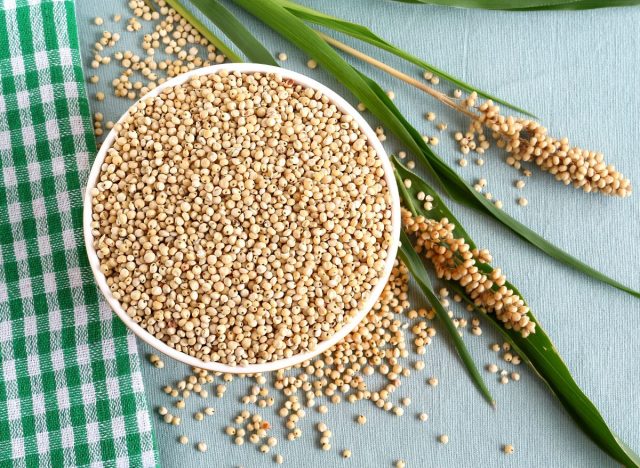Turn to your spice rack (or, if you have a green thumb, your windowsill) to level up your homemade meals and support your health. Herbs and spices are not just flavor enhancers that can transform your dishes from bland to delectable; they're also nutritional powerhouses that offer a range of health benefits.
From boosting immunity and aiding digestion to reducing inflammation and improving heart health, these flavorful ingredients are worth having in your fridge and pantry. In fact, a 2023 study in Food Quality and Preference suggests that they can help you reduce your sodium intake by enhancing your meal's inherent saltiness. "Experimenting with different herb or spice combinations is a great way to reduce added sodium in the diet without sacrificing flavor," says Annette Snyder, MS, RD, CSOWM, LD, a dietitian with Top Nutrition Coaching.
Also, "Many herbs and spices contain compounds that act as medicine," says Tami Best, MS, RDN, IFNCP, a functional and integrative dietitian with Top Nutrition Coaching.
Turmeric
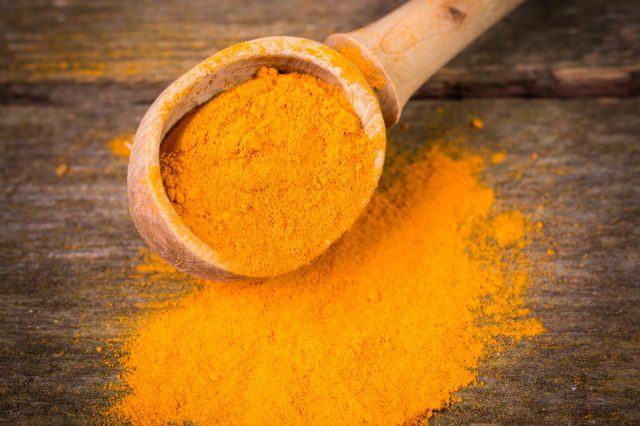
Golden lattes may have popularized turmeric in recent years, but this ancient spice has been used for centuries — it dates back to at least 500 BCE! — due to its medicinal properties. Turmeric's main active compound, curcumin, helps reduce inflammation and is linked to a decreased risk of cancer, heart disease, type 2 diabetes, and neurological degenerative conditions, per a 2023 study in the International Journal of Molecular Sciences.
Cooking with turmeric is incredibly easy since the spice's flavor profile isn't too strong and is very versatile. You can add turmeric to marinades, use it in a dry rub, or try it in golden milk, which is one of Best's favorite ways to use the spice. "Many golden milk latte recipes also use [some of] my favorite other spices, such as cinnamon and ginger," Best says.
Pro tip: Always pair turmeric with some black pepper or a source of healthy fat to boost the curcumin's absorption.
Cayenne
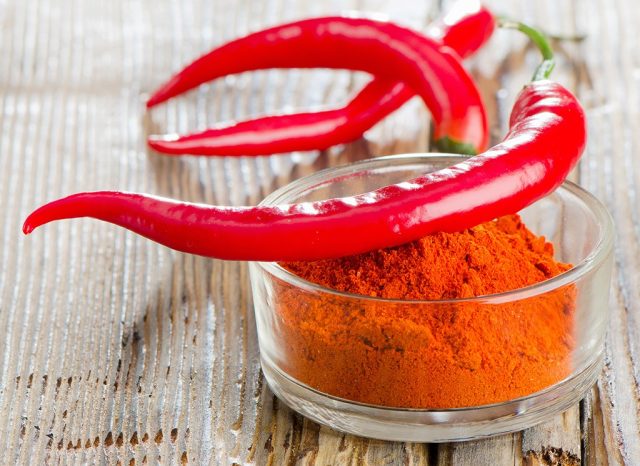
You might've heard that spicy food boosts the metabolism and might even aid weight loss. While the research isn't conclusive, there's some promising evidence in favor of capsaicin for fat loss. Capsaicin is the main active compound in cayenne that gives it its kick, and it's also responsible for the spice's purported health benefits.
A 2022 review of studies published in the journal Pharmaceuticals states that capsaicin may suppress appetite in the short term. Capsaicin may also improve the gut microbiome by promoting the growth of "anti-obesity" bacteria.
Grab a bottle of cayenne whenever you want to add a little kick to a dish. You can add a few dashes to over-easy eggs, salsa, seafood, meats, and even popcorn. To make a stellar marinade, try mixing garlic, lemon juice, honey, soy sauce, and olive oil with some cayenne and slather it over chicken for a spicy supper that'll satisfy.
Holy Basil
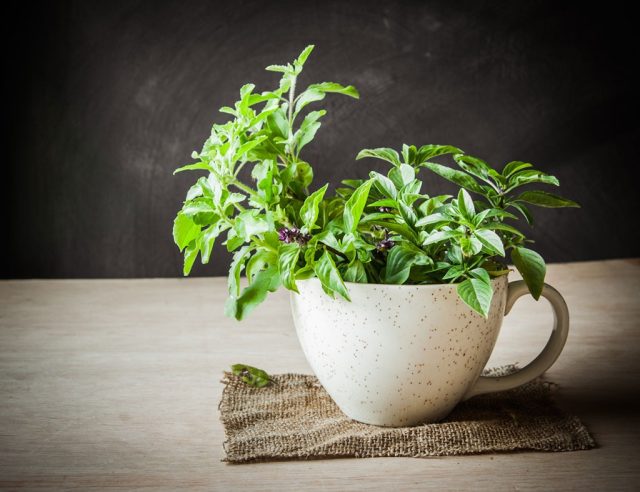
Unlike regular basil, which is sweet and complements mozzarella and tomato in Caprese salads, holy basil is peppery and a tad spicy. It makes a cameo appearance in many Asian dishes. Holy basil also acts as an adaptogen, or "natural substances that help your body adjust to stress and promote balance within the body and mind," Best says.
A 2022 study in Frontiers in Nutrition found that taking holy basil extract for two months helped improve participants' stress and sleep quality. However, it's worth noting that extracts are usually more potent than the actual plant itself, and more research needs to be done before making any conclusions about holy basil as a stress or sleep aid.
Still, holy basil makes a wonderful tea and can be steeped with honey for a bit of a sweeter taste, Best says. You can also toss it into stir-fries and savory noodle dishes.
Ginger
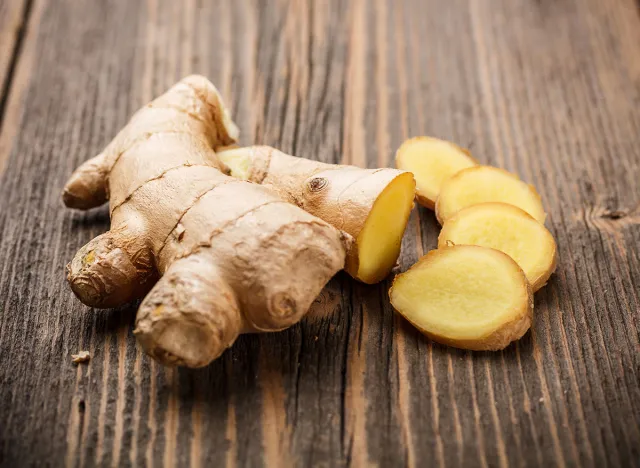
Sure, it makes for a great stomach-soothing tea, but ginger can also be grated into smoothies and soups for a zingy flavor. "Ginger contains a wide variety of potent compounds like gingerol that can stimulate gastric emptying and promote normal movement of stool through the bowel," Snyder says.
A 2019 study in Foods found that ginger's antioxidant and anti-inflammatory properties protect against oxidative stress. According to the study, dried and stir-fried ginger are higher in antioxidants than fresh ginger, so you'll want to prioritize including this aromatic spice in cooked dishes.
Cinnamon
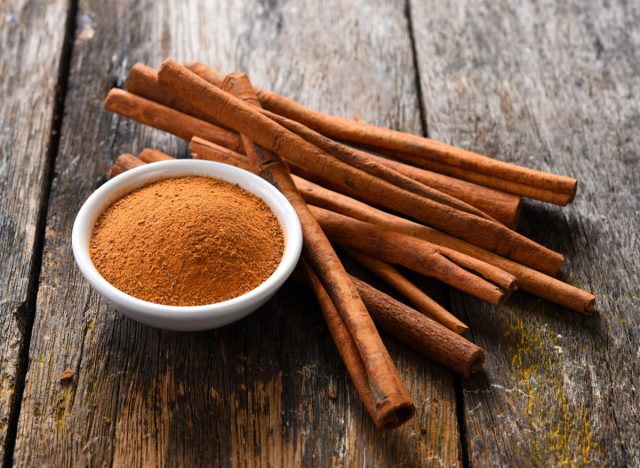
Don't sleep on cinnamon only until the holiday season rolls around — this warm spice's benefits will convince you to sprinkle it all year round. Aside from having anti-inflammatory and antioxidant effects, cinnamon seems to help control blood sugar levels.
"Cinnamon helps the liver metabolize glucose and may help reduce the need for synthetic insulin use in individuals with type 2 diabetes," Best says. One 2009 study in the Journal of Medicinal Food shows that cinnamon may also help increase insulin sensitivity and slow down glucose intolerance after a poor night's sleep, which is usually when blood sugar levels shoot up.
"Cinnamon also seems to improve how the brain uses insulin, which may help with certain neurological degenerative conditions such as Alzheimer's disease by controlling high blood glucose levels in the brain," Best says.
For natural sweetness, try sprinkling cinnamon into overnight oats, applesauce, and yogurt parfaits.
Oregano
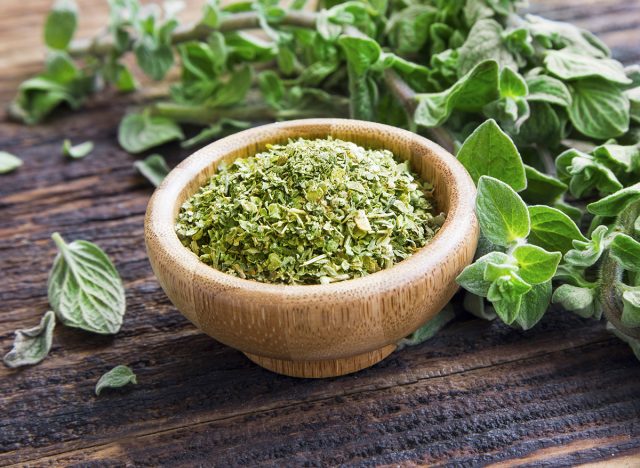
You're probably doing your body a disservice if the only time you reach for the oregano is on pizza night. The main components of oregano oil—carvacrol and thymol—have been observed to help prevent certain viruses from taking hold in the body's cells, offering some immune system support, Snyder says, citing a 2020 Journal of Virology study.
Fresh oregano is more fragrant than its dried counterpart and makes a delicious addition to salads, marinades, grilled dishes, and savory baked goods (hello, homemade focaccia).
Black Pepper
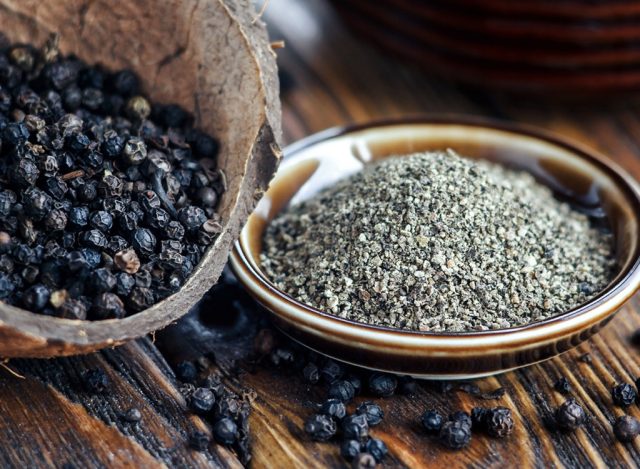
Not only does black pepper help your body better absorb certain antioxidants, such as curcumin in turmeric, but the ubiquitous spice also holds its own. The active compound in black pepper, piperine, is associated with helping treat age-related neurological disorders and brain aging, according to a 2023 report in Aging and Disease.
You probably already have black pepper in a little shaker on your kitchen table for easy use, but there are many other ways to use the spice to elevate meals and even desserts' flavor profiles. For example, you can try sprinkling a bit of black pepper into fruit salads for a surprising kick or using it as a garnish on homemade baked goods.
Rosemary
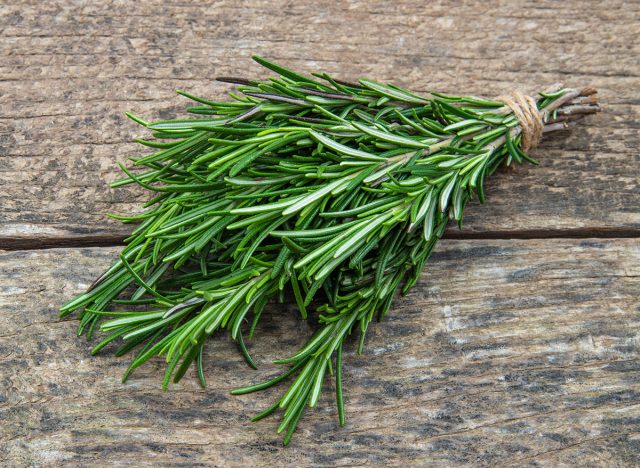
Toss a few rosemary sprigs into a pan while searing steak or chicken to help infuse the meat with a finger-licking herby flavor. If you're on a plant-based diet, rosemary is an excellent addition to sauteed veggies and tofu.
Snyder says that this herb offers major flavor and protective plant chemicals like antioxidants. Polyphenols, a type of antioxidant in rosemary, help reduce inflammation by slowing down cytokines, which control the body's inflammation response, according to a 2020 Iranian Journal of Basic Medical Sciences study.
Mint
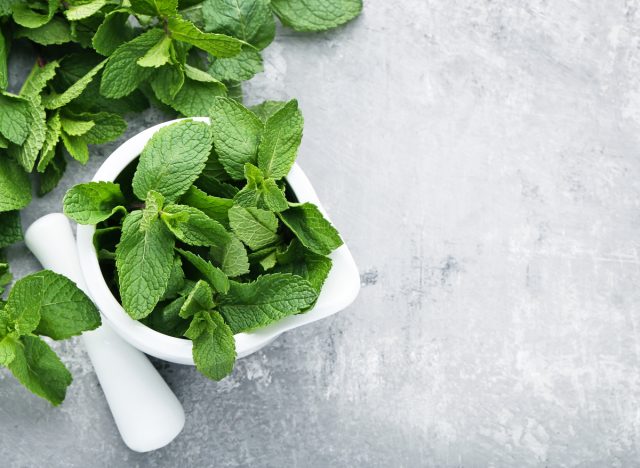
Nothing perks you up like a whiff of peppermint. Findings from a 2020 meta-review of controlled clinical trials published in Clinical and Translational Science show that peppermint oil helps relieve symptoms of irritable bowel syndrome (IBS) after taking it for 12 weeks. "The compound menthol in peppermint oil is thought to help by relaxing muscles in the digestive tract," Snyder says.
If you struggle with bloating and gas, consider making peppermint tea part of your weekly or daily nighttime routine. And during the day, you can easily make an iced version. "I love freshly crushed mint stirred into lemonade and sparkling water in the summer—so refreshing," Snyder says.
Sage
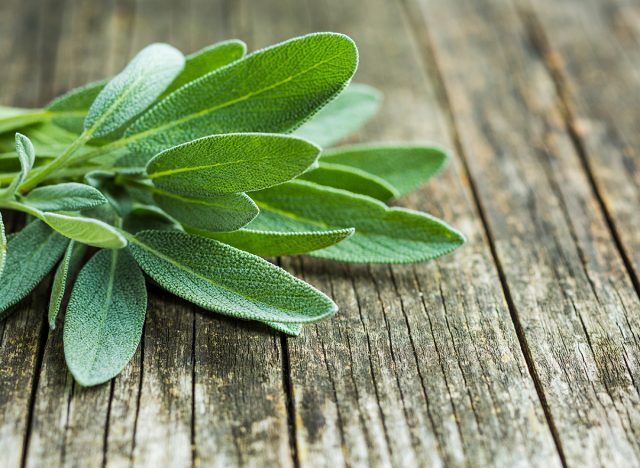
It turns out the cliche, "You are what you eat," might just apply to this cognition-supporting herb. Sage has been linked to improving memory, notably immediate word recall, in a small 2003 study in Pharmacology, Biochemistry, and Behavior. Sage extract was also observed to help improve brain function in people with mild to moderate Alzheimer's disease in a 2003 Journal of Clinical Pharmacy and Therapeutics.
There are many ways to incorporate sage into your meal plans. Its earthy, peppery flavor works well in seared chicken and steaks, pasta dishes, roasted veggies, and even soups. You can also use it to infuse flavor into brown butter as a garnish.
Garlic
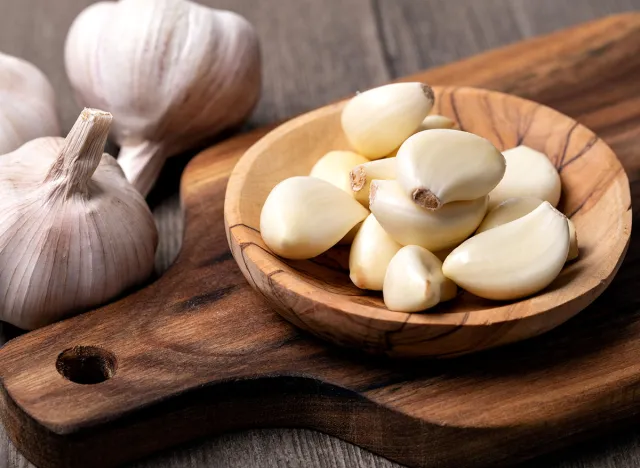
Don't let garlic's distinct odor prevent you from loading up on this powerful plant food. Many of its health benefits can be attributed to its smelly organosulfur compounds. A 2019 study in Trends in Food Science & Technology suggests that garlic has antiviral properties that can help support immunity. "The sulfur compounds in garlic help improve immunity by stimulating microbe-fighting neutrophils, or white blood cells," Snyder says.
When garlic is crushed, it releases the sulfur compound allicin, which is linked to immune-supportive benefits. So next time you're cooking pasta or stir-fry, try sauteeing some crushed garlic and adding it to the mix. "Garlic can also be used to season eggs or avocado toast in the morning, as a flavor enhancer for salad dressings at lunch, and incorporated into glazes and rubs to use on protein-rich foods at dinner," Best says.
